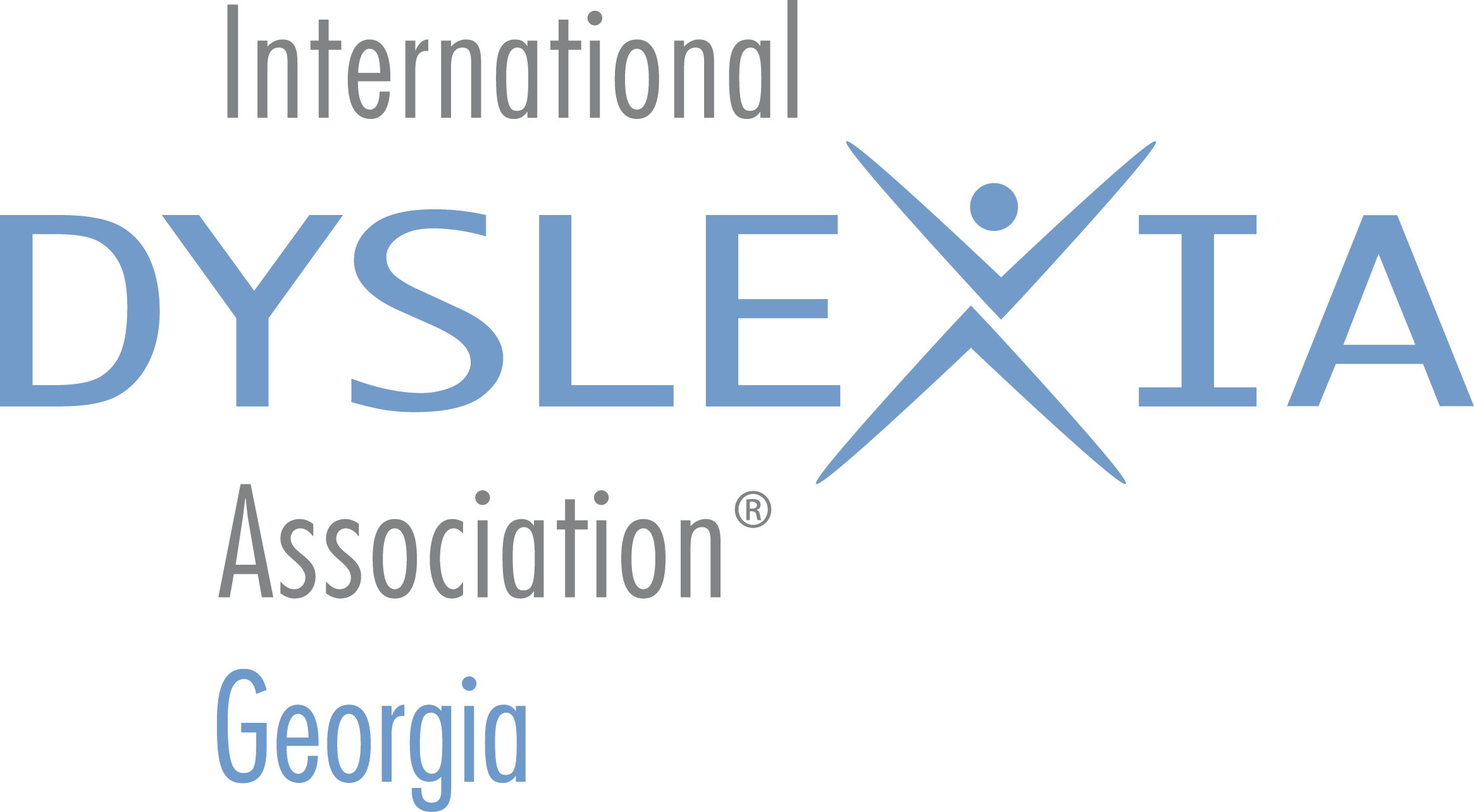Check back often. We are in the process of building this page on a topic of high interest to families, practitioners, and researchers.
3/22/2023
What is the Equivalent in Math of Phoneme Manipulation?
Marilyn Zecher explains in this short video “Multisensory Math Tracking: Numeracy to Algebra” (2013) how techniques used to teach multisensory structured language are applied to math. Tracking involves changing one element at a time and incrementally increasing complexity. By using manipulatives, multisensory math employs aspects of Universal Design for Learning and gives the teacher an alternative method of assessment.
Mathematics: Focus by Grade Level
“Achieve the Core offers free tools and resources to support grade-level, relevant, and joyful classroom learning.”
Achieve the Core has been recommended often by Marilyn Zecher, MA, CALT.
THIS DOCUMENT from Achieve the Core shows where students and teachers should spend the large majority of their time in order to meet the expectations of the Standards. Not all content in a given grade is emphasized equally in the Standards. Some clusters require greater emphasis than others based on the depth of the ideas, the time that they take to master, and/or their importance to future mathematics or the demands of college and career readiness. More time in these areas is also necessary for students to meet the Standards for Mathematical Practice. To say that some things have greater emphasis is not to say that anything in the Standards can safely be neglected in instruction. Neglecting material will leave gaps in student skill and understanding and may leave students unprepared
for the challenges of a later grade.
LINK to PDF Summary of Grade Level Recommendations: https://achievethecore.org/content/upload/SAP%20Focus%20Math%20K%E2%80%938%2011.12.14.pdf
The Common Core and other college- and career-ready (CCR) standards call for a greater focus in mathematics. Rather than racing to cover topics in a mile-wide, inch-deep curriculum, CCR standards require us to significantly narrow and deepen the way time and energy are spent in the math classroom. We focus deeply on the major work of each grade so that students can gain strong foundations: solid conceptual understanding, a high degree of procedural skill and fluency, and the ability to apply the math they know to solve problems inside and outside the math classroom. The following documents illustrate these concepts using the Common Core State Standards, but Focus, Coherence, and Rigor are integral to all college- and career-ready standards.
Students should spend the large majority of their time on the major work of the grade (). Supporting work () and, where appropriate, additional work () can engage students in the major work of the grade. Emphases are given at the cluster level. Refer to the Common Core State Standards for Mathematics for the specific standards that fall within each cluster.
Share this page with your friends…


